Final Parking Space: 1974 Ford Capri
During the late 1960s through early 1970s, the Detroit car manufacturers made a serious effort to bring over the products made by their operations in Western Europe; though some Vauxhalls and British Fords had been imported in earlier years, they had remained well outside the American automotive mainstream. GM offered various Opel models, Chrysler took a shot at moving Americanized Simca 1100s and Hillman Avengers, and Ford opted to sell its new sporty fastback here. This was the Capri, and I’ve found a snow-dusted first-generation example in a Denver-area car graveyard.
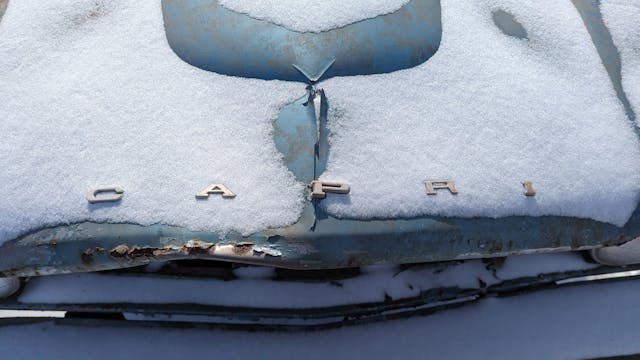
The Capri name has a lengthy history in the Ford Empire, beginning with the Lincoln Cosmopolitan Capri of the early 1950s, but this type of Capri is by far the best known. In the United States, this car was sold through Mercury dealers with no marque badging.
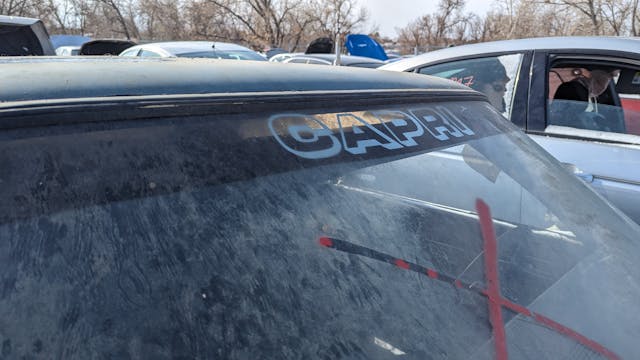
I came of driving age in Northern California in the early 1980s, and at that time everybody I knew referred to these cars—which were still common sights on the roads of the Golden State—as Mercury Capris despite the lack of Mercury badging.
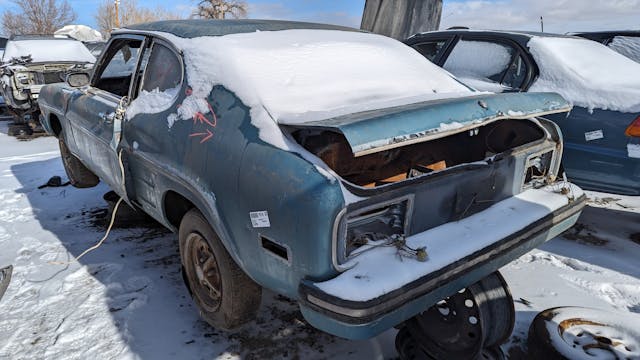
Dearborn began selling Fox-body Mustang twins with Mercury Capri badging for the 1979 model year, with production continuing through 1986. The Mercury Capri name returned for the 1991 through 1994 model years, on an Australian-built two-seat convertible based on the platform of the Mazda 323. Those Capris are by far the easiest to find in American boneyards today.
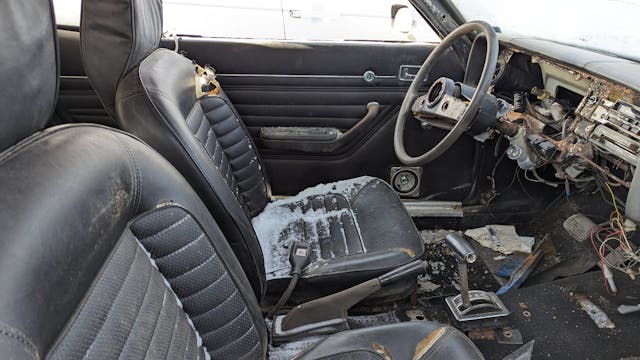
This type of Capri was sold in the United States for the 1970 through 1977 model years, and most North American owners of these cars prefer to use the European “Ford Capri” designation to avoid confusion with the later, Mercury-badged Capris.
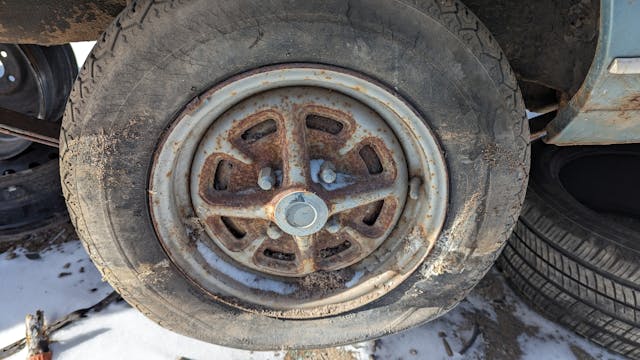
By the early 1970s, the Mustang had become bigger, heavier, and more luxurious than its mid-1960s predecessors, so it made sense that Ford should offer a lightweight sporty car for Americans who preferred nimble handling and decent fuel economy.

All U.S.-market Ford Capris were built in Cologne, West Germany. For other markets, they were assembled in the United Kingdom, Singapore, Australia, and South Africa.
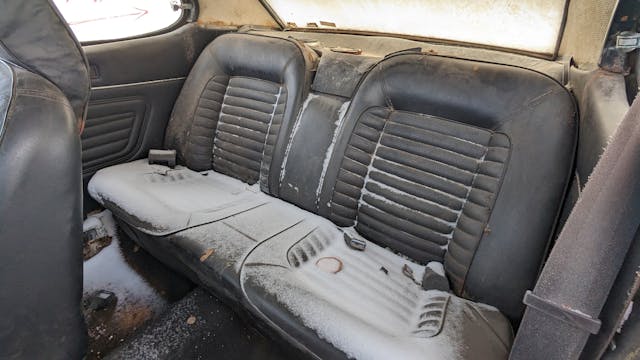
Capri sales improved each year at first, reaching the 90,000 mark for 1972 and topping 100,000 units sold for 1973. Then Ford introduced a new, smaller Mustang based on a modified Pinto platform for 1974; it was a few hundred pounds heavier than the Capri but also quite a bit cheaper. Capri sales in the United States began a steady decline at that point.
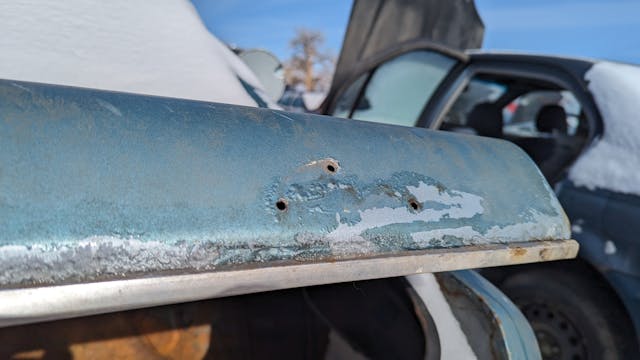
The 1974 Capri had an MSRP of $3566 with four-cylinder engine and four-speed manual transmission, or about $23,601 in 2024 dollars. Meanwhile, the 1974 Mustang II started at just $3081 ($20,391 after inflation).
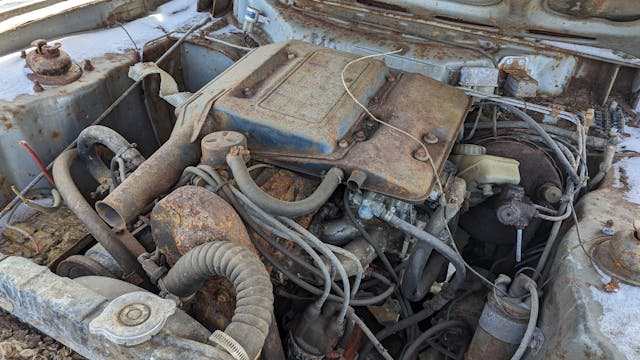
There were plenty of similarities to be seen in the engine compartments of the Mustang II and its same-year Capri intra-corporate competitors. This car came with a 2.0-liter SOHC straight-four rated at 80 horsepower, while the base engine in the 1974 Mustang II was a 2.3-liter version of the same engine with 85 horses.
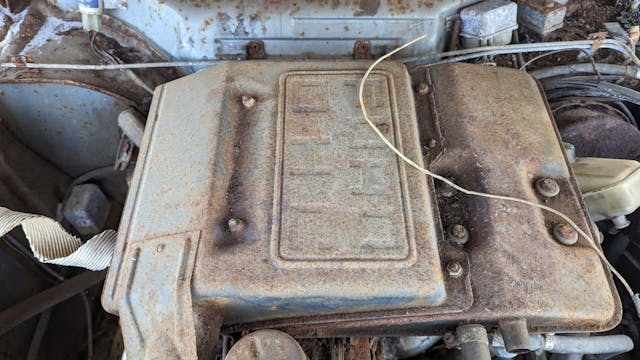
Both the Capri and the Mustang II for ’74 could be purchased with the 2.8-liter “Cologne” V-6 as optional equipment. That engine made 105 horsepower in both applications. For 1975, optional V-8 power returned to the Mustang, while the base Capri got the 2.3-liter four-banger.
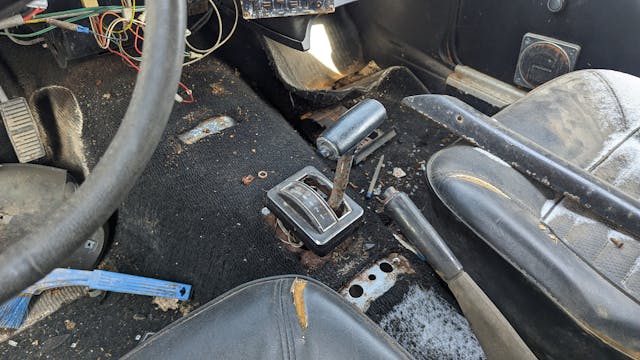
This car has the optional three-speed automatic transmission, which added $256 to its cost ($1694 in today’s money). I think this is the first 1970–77 Capri I’ve ever seen with an automatic.

It’s not especially rusty, but decades of outdoor storage have taken their toll. The interior is full of rodent nesting material and droppings, a real hantavirus threat in High Plains Colorado.
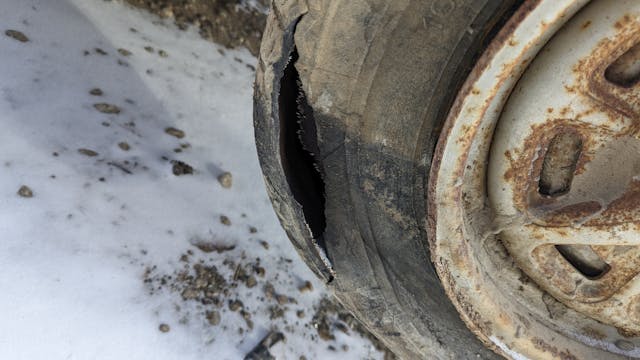
I think this car hasn’t run under its own power for at least 40 years.
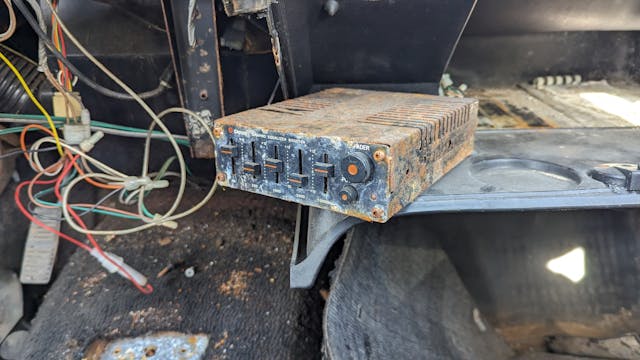
This Clarion equalizer/booster appears to be of early-1980s vintage.
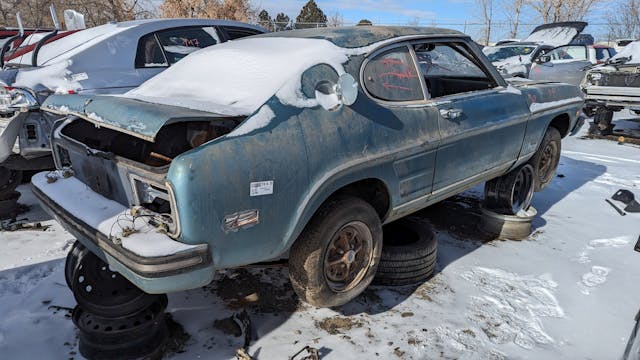
The lack of horrific rust would make this car well worth restoring on the other side of the Atlantic, but it makes more sense as a parts car here.
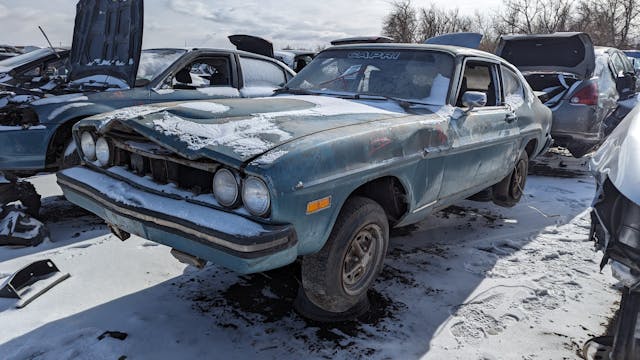
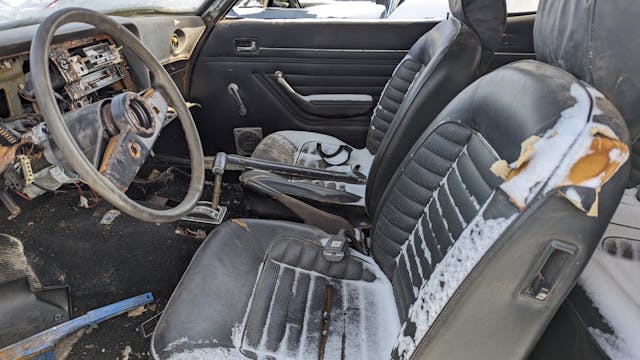






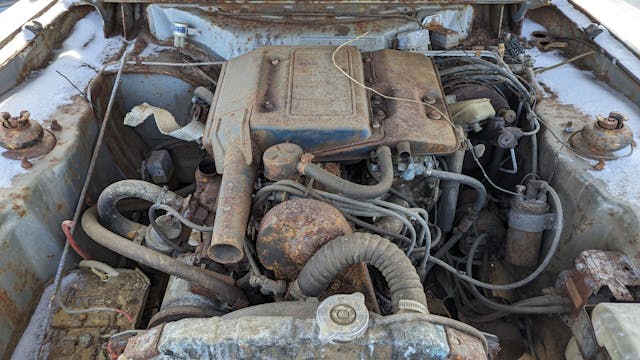

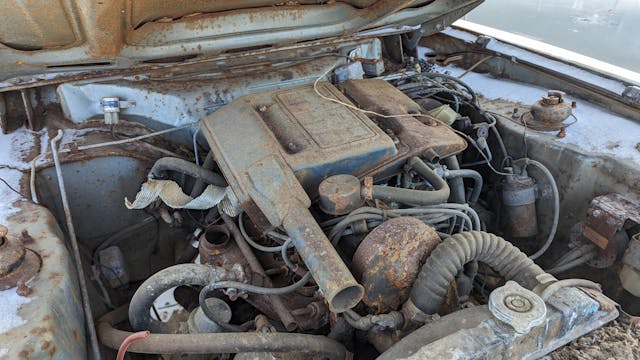

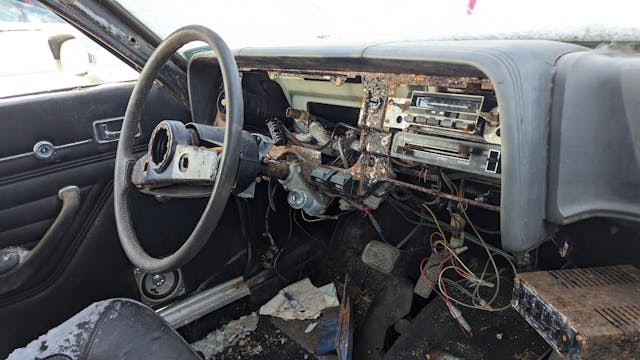






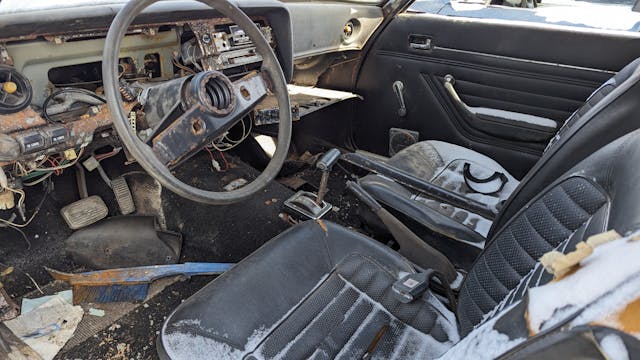

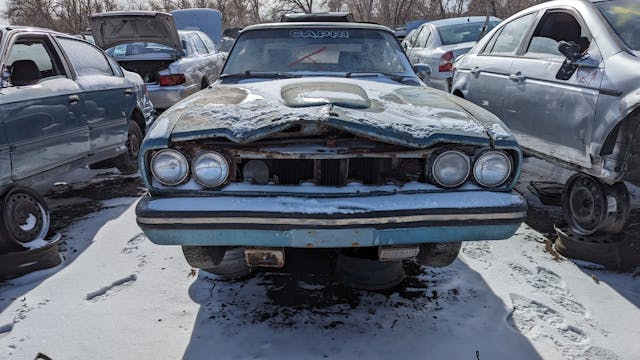
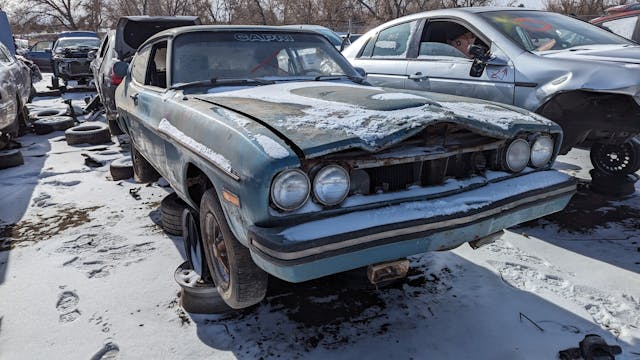
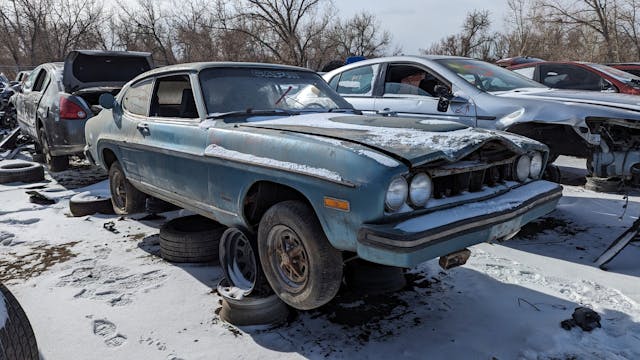


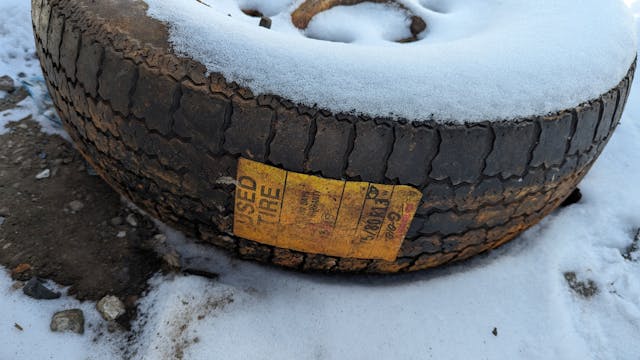

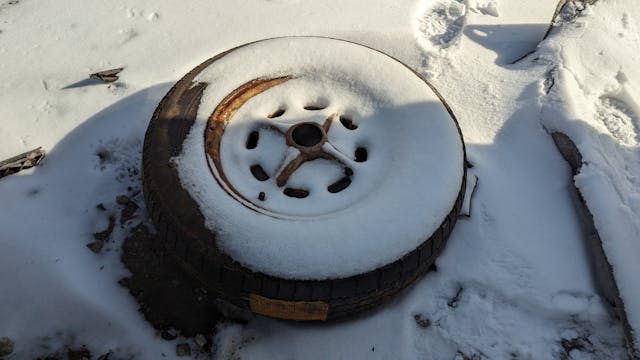
***
Check out the Hagerty Media homepage so you don’t miss a single story, or better yet, bookmark it. To get our best stories delivered right to your inbox, subscribe to our newsletters.



just sold my 74 it went to the netherlands my first one was a 1971 1600 put the mono leaf springs, billstein shocks, nylitron front bushing handled like a gocart, the ones built in england had ford letters on hood and trunk all my friends had capri,s at one time. fun on twisty roads till ya wreckem too many beers
My cousin had a 75 2.6 4 speed. It was like no other. It was a Ghia Blue w/white stripes, had a roll back sunroof not moon roof. black leather interior, electric windows. It was quick, sporty and fun to drive. I had the chance to buy it but went with RX7. Huge mistake.
My first car was a 73 V-6 4 speed deluxe interior. Loved it. Roomy, sporty, quick for the time.